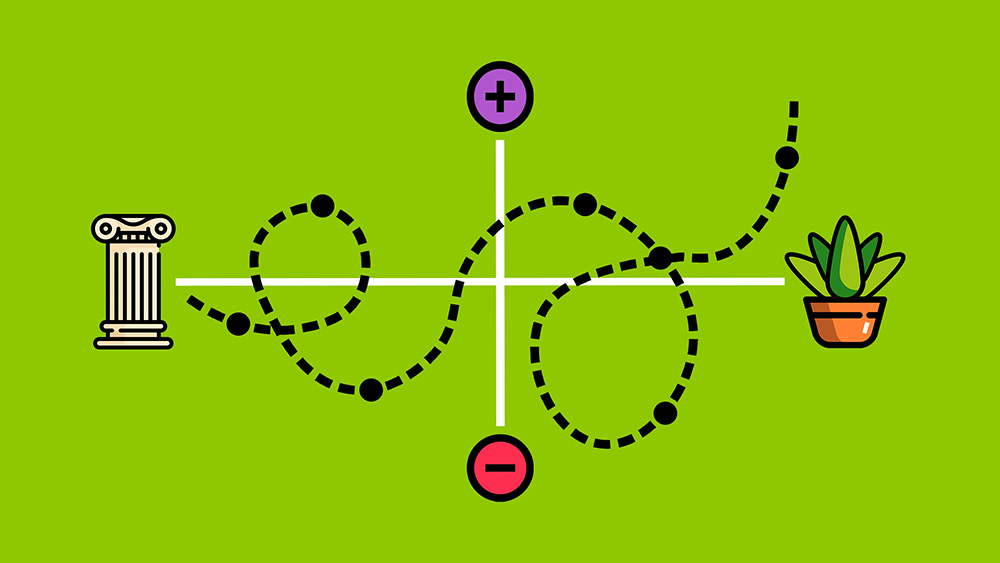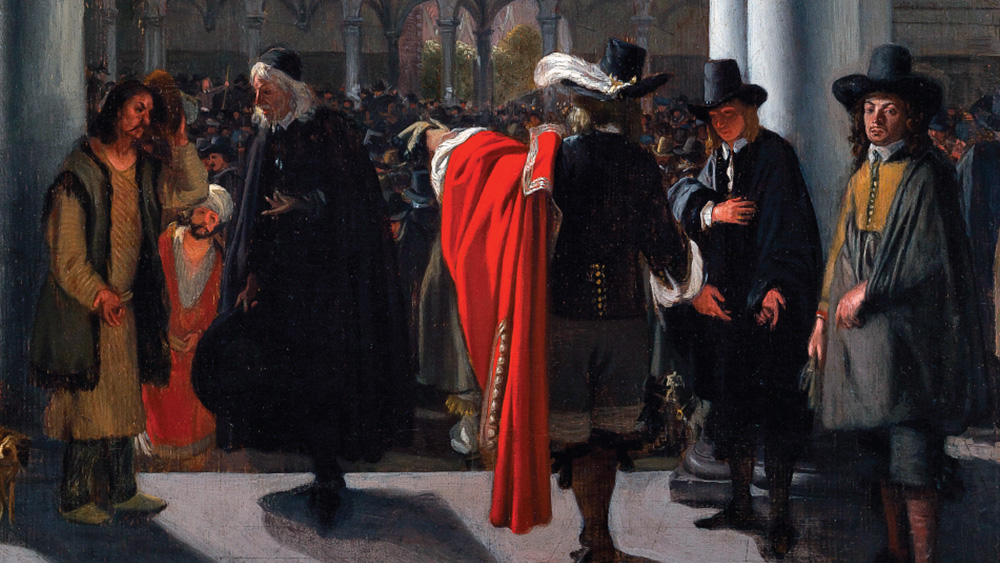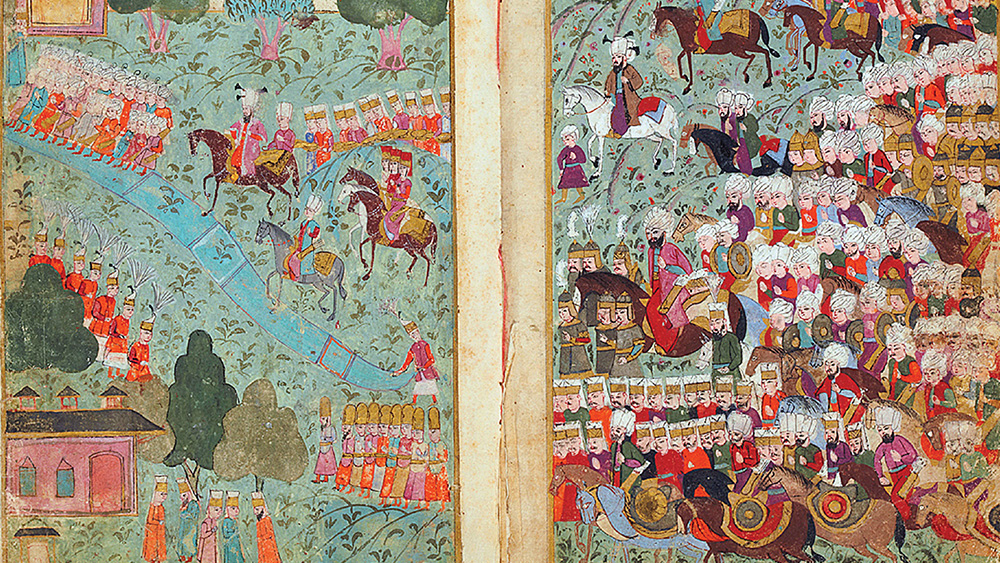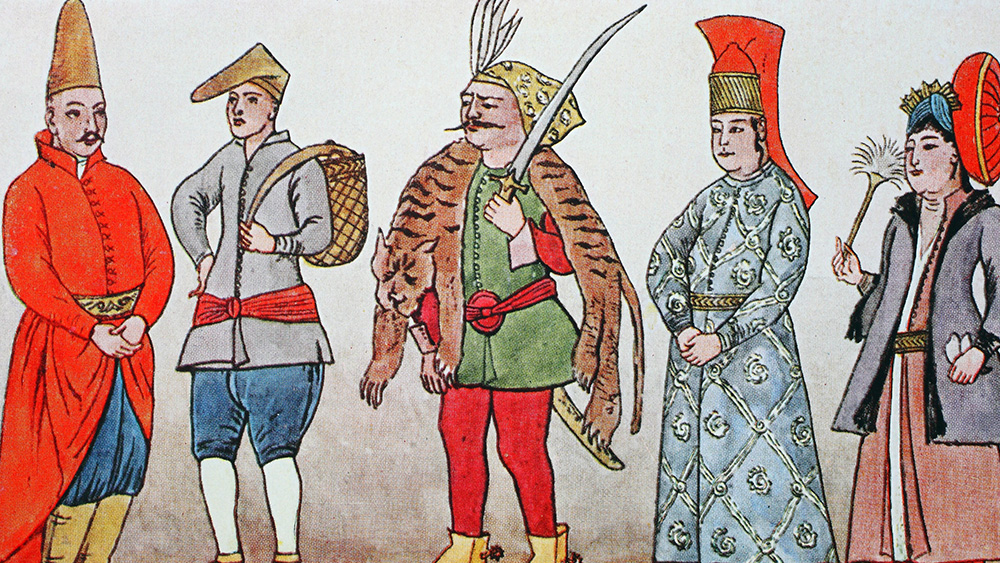Continuity and Change Over Time
What’s changed over time? And what’s stayed the same? Much of the historian’s art is rooted in this question of continuity and change over time, the deep consideration of how societies evolve. Use these materials to help students learn to look below history’s surface and find meaningful similarities and differences across time.

 Teaching This Skill
Teaching This Skill

CCOT One-Pager
A thinking skill to help students understand evolution of historical processes.

CCOT Tool
A thinking tool that helps students develop their understanding of CCOT.

CCOT Feedback Form
Provide specific and detailed feedback to build CCOT skills.

Global conflict: Deploying CCOT in the classroom
Global conflict anchors historical thinking: students trace imperial rivalries, world wars, and Ukraine, using evidence to weigh shifts versus continuities.
Featured Materials
CCOT: Introduction

Opener
CCOT: Introduction
In this introduction to CCOT you’ll evaluate how farms have changed over time. You’ll also use the AP® themes to help guide your analysis of continuities and changes.
CCOT: Networks of Exchange to Land-Based Empires

Activity
CCOT: Networks of Exchange to Land-Based Empires
Analyzing continuity and change over time is an important skill to practice, especially as you move from one unit to the next. Investigate what changed and what stayed the same from Unit 2 to Unit 3.
CCOT: Land-Based Empires to Transoceanic Interconnections

Activity
CCOT: Land-Based Empires to Transoceanic Interconnections
What changed and what stayed the same as the world became more interconnected? That’s your task in this activity—evaluating changes and continuities from Unit 3 to Unit 4.
Lessons

Lesson 3.9
The Business of Empire
Oceanic empires and capitalism emerged together, and they each supported the other. Learn how the emergence of the first global economy depended on and reinforced the rule of European empires.
View Lesson

Lesson 3.2
Empires: Administration
From the fifteenth to eighteenth centuries, land-based empires consolidated power by collecting revenue, building militaries, and using culture and religion to maintain control over diverse populations.
View Lesson

Lesson 4.7
Changing Social Hierarchies from 1450 to 1750 CE
The new age of global exchange transformed economies, environments, and social structures around the world. Migration further shifted populations, pushing states to respond to these changes in various ways.
View Lesson